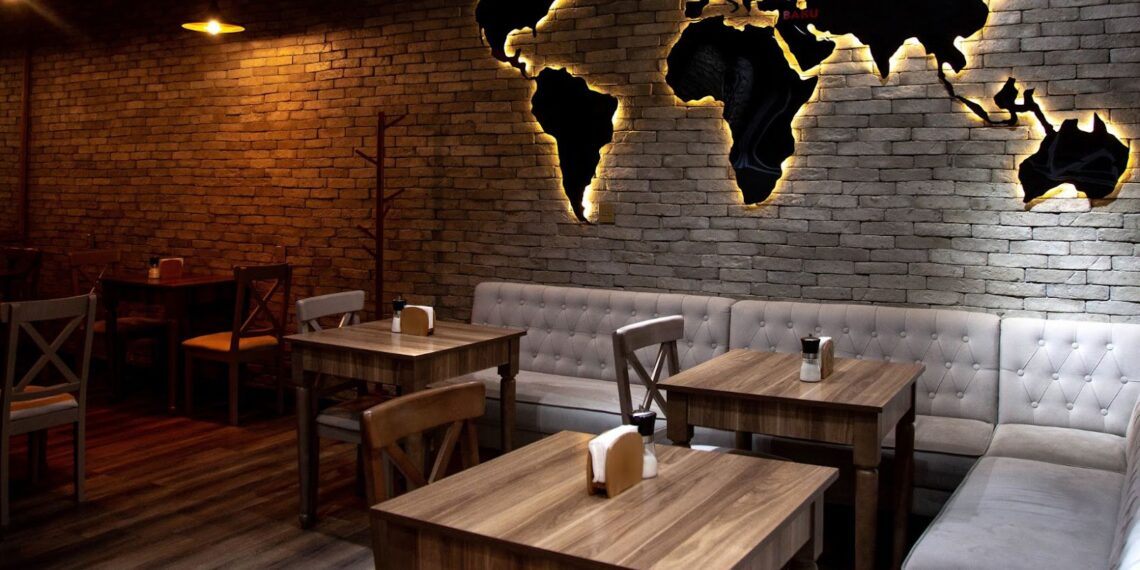The restaurant industry is fast-paced and requires restaurateurs to be creative and money-wise to create a successful business. With fierce competition and significant upfront investment costs, aspiring restaurant owners must understand the key elements to bring their establishments success.
To help you get started, we put together a comprehensive checklist covering the basic steps of opening your own restaurant:
Decide on a Restaurant Idea
When people choose where to eat, most choose based on the category of food offered. This is just the first aspect to consider when deciding what theme you want your restaurant to be. What other features will set your establishment apart from competitors? Do you source your ingredients locally? Will you only offer organic options? Are you aiming to be the top seafood venue in your community?
Choosing a unique concept takes careful consideration of other factors, too, including:
- Demographics of your ideal customer
- Overhead costs to produce the food and beverages you offer
- Market trends for your restaurant type where you’ll operate
With the proper planning, you can maximize your appeal and competitive edge.
Don’t Forget Your Restaurant’s Business Plan

Any business, especially restaurants, will struggle to achieve financial success without a business plan to guide them. This document is the road map to achieving the goals you have for your business financially and as a brand. It outlines how your restaurant should progress from the moment your first day in operation begins. You’ll rely on this plan to guide your team through the initial launch and use it to show potential investors why they should give you capital.
Funding Your New Restaurant
Restaurants require significant capital to open regardless if you’re franchising, running a solo operation, or having a co-owner. If you’re unsure about where to begin looking for funding, there are several business loan options you might qualify for, including:
- Lines of Credit
- Equipment and technology loans
- Working capital loans
Pick the Perfect Location
Another decision to make is where your restaurant will be located. This is an impactful choice as your location will affect everything from accessibility to patronage numbers. When visiting different sites to open your business, keep in mind the following:
- Customer demographics
- Local competition
- Space and size of the venue
- Visibility from the street
- Parking
- Background history of the property
- Its relevance to your restaurant concept
- Amount of renovation needed
You also need to decide if you’ll buy the property or lease the space.
Licenses and Permits
Opening any business comes with a lot of red tape, but restaurants have more due to the risks involved in operating these establishments. Plan on pursuing all required licenses and permits early on in the process. It’s not uncommon for inspections to occur before these are issued, so plan to avoid delays.
The specific authorizations you need to operate your restaurant will depend on your services. For example, if you run a family restaurant that serves alcohol, you’ll need a liquor license. Failure to have these and operate your business could lead to hefty fines and possibly being shut down permanently.
Create a Menu and Beverage Program Patrons Will Love
It’s essential to have a well-thought-out menu program for food and beverages before opening your doors. Sit down with your chef and bar manager to develop ideas for dishes (and names) that represent your restaurant vision. For example, if you’re running an Italian restaurant, how can you uniquely offer these dishes? Do you want to serve spaghetti in a bowl made of garlic bread? How much should a customer pay for lasagna?
Just remember that when pricing your menu, be sure to think ahead about the cost of food, forecast expected sales, and inventory. These are just a few metrics that can ensure your restaurant remains profitable.
Choosing Your Restaurant Staff

Every employee you hire will represent your restaurant’s values and culture. Hire top talent on your team who have the same customer service and company loyalty values. To tap into high-quality candidates to fill the many positions needed to keep your establishment running smoothly, consider looking for them on career sites, job boards, and referrals.
Create an Enjoyable Dining Atmosphere
From modern ambiance lighting to the decorative bamboo skewers for your kabob dishes, many elements create the perfect dining atmosphere in your restaurant. When designing the interior of your building, think about the mood you want your guests to be in.
Some common elements restaurants include to achieve this goal include:
- Decorative dishware
- High-grad utensils
- Upholstery fabric and style
- Lighting levels
- Music
- Decor
Conclusion
Creating your own restaurant business is truly a labor of love. To ensure its success, take the time to research the different aspects this article outlined to get started on the right path from the moment you open your doors.













